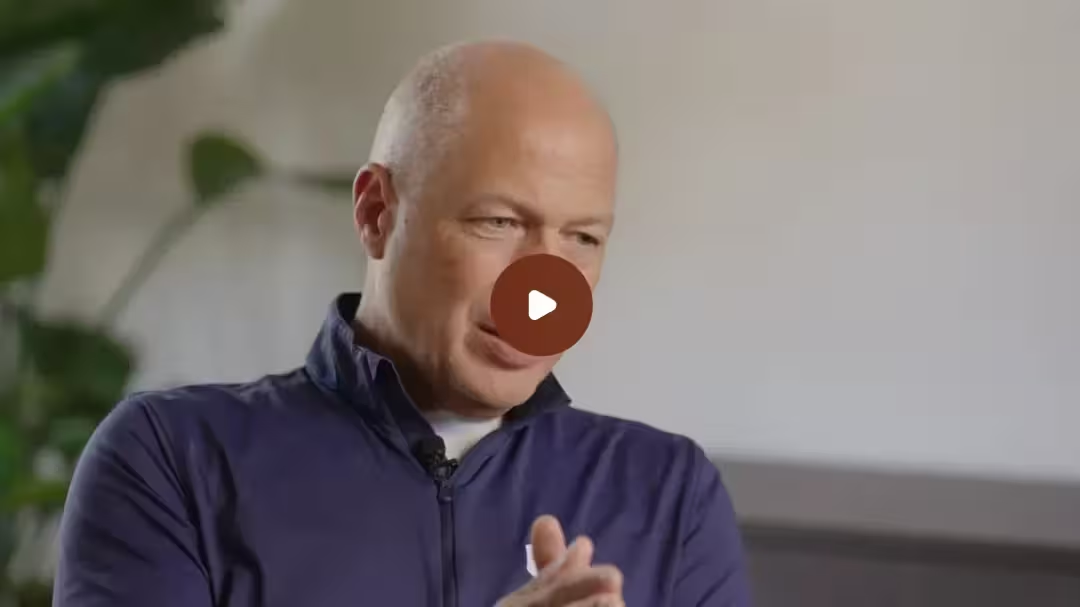What Is Sales Forecasting?
Sales forecasting is the process of calculating the future sales of a business. Accurate sales forecasts provide organizations with the ability to make informed business decisions and foretell short-term and long-term performance.
Sales forecasting is a critical part of the financial planning of a business. It helps businesses decide on budgeting, hiring, and resource management, among other decisions.
Sales forecasting gives sales managers a snapshot of the expected revenue for a particular period. Depending on the forecast, the sales managers can course-correct their strategy to realize the sales targets.
What Sales Forecasting Can Be Used For
An accurate forecast can:
- give you confidence in the expected revenue outcome (good or bad) at the end of the month or quarter
- enable you to build strategies between now and the forecast date, for example to scale pipeline in order to uplift a low forecast
- enable you to build strategies to execute beyond the forecast date, such as hire extra staff thanks to a high forecast, or cut planned spend to offset a low forecast
An accurate forecasting process or system can:
- allow you to simulate multiple scenarios in order to test strategies and select the best one
- test multiple assumptions presented to you internally - such as an aggressive pitch for promotion from an SDR, or a pay rise for an AE
- allow you to split your organisation by team, geography, product line, etc., and forecast over multiple time horizons for a deeper view of strategic decisions
Why Is Sales Forecasting Important?
A good forecast enables a company to grow and prosper predictably in a robust way.
A inaccurate forecast can result in a Catch-22 situation of either taking action in the face of uncertain cashflow to support it, or holding off until the forecast becomes clearer, at the expense of growth.
If you are a fast-growth, funded company
In this case, your company will have raised capital. Your investors will require a return on that capital. The quicker the company grows, the better the return.
The quicker the capital is deployed, the better (assuming risk is kept within limits). Deploying capital for strategic decisions, such as investing in building new technology, hiring a new sales team, or expanding a new overseas office, has lead times of at least months.
This means that it is easy to be caught in a trap whereby capital is deployed, and while the lead time is being passed through, it turns out sales are lower than expected. Or - if you are not confident, you don't deploy the capital. And growth slows, and returns drop.
If you are a larger, slower growth company
Your company will likely be materially concerned with profit margins as well as growth rates. In the same way as with a scaling funded company, lead times exist when impacting change - for example, cutting expenses.
If a forecast inaccurately expects revenue to be low, management may decide to be cautious and cut expenses. By the time it becomes clear a good outcome is happening, resources or headcount have already been cut, which take time and money to grow again.
Conversely, in the situation where a sales forecast is over-optimistic, investments may be made to grow the company in anticipation of higher income to support it. When this does not materialise, profits are hit and share prices drop.
Sales Forecasting Helps in the Following Areas
Sales team
Quality forecasts are imperative for managing and optimising your sales team.
Resource allocation
From human resources to CRM and relevant apps, providing sales teams with the right technology and equipment is critical. Sales forecast helps plan this, and to avoid nerve-wracking situations.
Budgeting
By predicting the sales for the upcoming year, sales managers can lessen the events of stress - be it an unexpected accident, or an additional resource or tech support.
Strategy
After a brainstorming session of strategies to implement in the coming period, forecasts can be applied to each strategy to help select the best one. Furthermore when a set of strategies are shortlisted, forecasting can be used to stress-test multiple scenarios, such as a global pandemic.
Product
Analysing historic sales and forecasting over product lines can help strategic decisions relating to the product roadmap.
Pricing
Analysing historic sales and forecasting over product lines, discount groups and other buckets can help measure the price elasticity of features and products, which can help optimise the pricing structure.
Investment and Funding
An accurate sales forecast is important when securing funding for your company, and will be a key area that will be enquired about during a pitch.
Top Sales Forecasting Methods and Techniques
There are several methods to create an effective sales forecast. While some require less data and fewer tools to predict sales, others require a great deal of data and tools to arrive at an accurate prediction.
Here are some accurate and cost-effective methods to create better sales forecasts.
Length of Sales Cycle Forecasting
A sales cycle is the process from the initial contact with prospects to the sale completion. The time and the steps within the process can differ depending on the industry. However, by looking at the sales cycle, a sales manager can easily arrive at estimates on how many deals his team will close, based on where it is on the sales cycle.
This is a cost-effective method and doesn’t require exhaustive data other than what the sales teams already possess.
Regression Analysis
Regression analysis does forecasting based on variables that depend on each other to make predictions. These variables that are closely related to each other can have a major impact on the sales forecast, if not taken into consideration.
Intuitive Forecasting
Intuitive forecasting considers the gut feeling of the sales reps. This forecasting considers knowledge that the sales team has to predict sales outcomes. Experienced salespeople often know when they will close a deal based on specific knowledge that they have, irrespective of what the computer can predict.
Historical Forecasting
This type of sales forecasting relies on historical data to decide future sales, with the assumption that rates of growth will be like the past year/s.
Historical forecasting is easy and cheap and it can give you a rough estimate of what your sales should look like. However, it doesn’t consider changes in the market based dynamic factors.
Pipeline Forecasting
Pipeline forecasting is more scientific as it relies on data and includes calculations based on variables that are unique to each. And these unique variables can include everything from the likelihood of purchasing by the customer to the track record of closing by the sales rep.
This forecasting method may require the use of a tool that can add the calculations and relies on accurate and timely data to be provided by the sales staff. The advantage of this method is that is accurate when done the right way.
We have some great calculators to help you forecast using pipeline here and here.
Sales Forecasting Using Multiple Methods
The quickest, easiest and cost-effective way to forecast, is to use a combination of methods.
Any single forecast will have its strengths and weaknesses, and scope to be inaccurate. However if you do multiple quick forecasts using methods that are as independent as possible, you can gain great confidence if the results are close together.
For example - if you could ask each sales rep for an estimate of their sales forecast and aggregate them. You could multiply the amount of pipeline at each stage by the historic win rate from each stage, and aggregate it. You could look at how many days you have until the end of the quarter and use this to discount pipeline which is likely to push into next quarter before creating a sales forecast.
Individually, these may not be incredibly robust. However if they independently result in a sales forecast which is close to the others, you can gain confidence from this.
Top Techniques To Improve Sales Forecasts
Selling is challenging, and it’s a complex process with no apparent shortcuts. Sales reps who always hit their targets, don't achieve it by luck but take deliberate steps based on proven sales principles and techniques.
Understand the "Why"
Step 1 is to always understand why you are creating the forecast. This will define the resources to use, time to take, accuracy required, and risks to communicate along with the forecast.
Involve the Right People
When creating your sales forecast, make sure you include all the right people who can provide insight and input into it. This includes your sales reps and managers, marketing and finance.
Be Ready to Make Changes
The year 2020 has taught every business to expect the unexpected. One of the best techniques a sales manager should keep in mind is preparing to change their sales forecast at any point in time. Sales managers should ensure that their forecast is easily accessible and editable. A watchful eye on the market, the economy, and the world will also help.
Good Luck!
We wish you good luck in your sales forecasting journey - and don't forget to get in touch with Kluster if you would like to discuss it. Whether it's a problem with your spreadsheet or investigation into investing in a sales forecasting platform, we are here to help.


.svg)
.svg)
.svg)
.svg)










